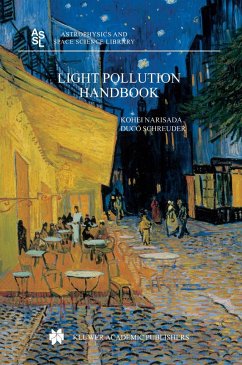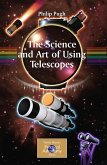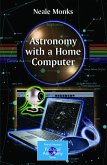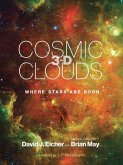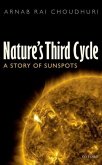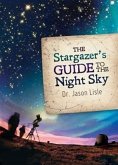This handbook describes the problems that astronomers and other night sky observers face in reducing the problems of information loss due to light pollution, as well as the problems lighting technologists face in optimizing outdoor lighting installations that cause little or no light pollution.It is mainly written for designers of lighting equipment and managers of astronomical observatories, but also aimed at the authorities and decision makers responsible for the organization and maintenance of the publicspace. In addition, it will serve a good purpose in graduate or postgraduate curricula for scientists, engineers, economists and law students.Light pollution is one of the negative side-effects of artificial outdoor lighting. The function of all outdoor lighting is to enhance the visibility or the aesthetics in the night-time environment. The light should come where it is needed. If not, it is wasted, causing economic and environmental losses as well as disturbance and discomfort.The purpose of outdoor lighting is to ensure that the outdoor environment can be used in a safe and convenient way, also in the absence of natural daylight. The main obstructions to this use are road accidents, criminal acts and aesthetic discordances. In order to allow for low pollution, safe and efficient outdoor lighting, the causes of, and the remedies for, these restrictions are discussed in considerable detail in this book.The book is organized in two parts. The first part is directed to decision makers and managers of outdoor space and covers the areas of general interest, culminating in recommendations to reduce the impact of light pollution. The second part is directed primarily to scientists and engineers, as a support to the design and maintenance of outdoor lighting installations, with special reference to astronomical observations. It deals with the scientific and engineering elaboration of the first part. Examples are included that refer to specific outdoor lighting projects and to more general policy and educational measures.This handbook fills the gap that exists between astronomical textbooks, engineering texts and popular brochures about light pollution. It is aimed at all people directly involved - full-time or part-time - in light pollution.
Hinweis: Dieser Artikel kann nur an eine deutsche Lieferadresse ausgeliefert werden.
Hinweis: Dieser Artikel kann nur an eine deutsche Lieferadresse ausgeliefert werden.
"This is an excellent book, extremely comprehensive and very well done. The authors are very experienced lighting engineers, and thoroughly familiar with lighting and with pollution impacts. I know them both well. they have done an excellent job in producing this volume. Both are leaders in teh efforts to reduce the adverse effects of light pollution on humans and on the ecosystem I highly recommend it."
".....it is an excellent reference to most of all aspects of this important topic." -- Newsletter of the International Dark-Sky Association, Issue 62
"Light Pollution Handbook (really a two-handbook at 945 pages) is one-stop shopping for nearly every issue related to light pollution." -- Planetarian, September 2006
"Authors cover in this more than 900 page book much more than simply light pollution, they provide background information in both fundamentals and different implications of light pollution. ... In summary if somebody has the time to dig deep into the sections of the book, he will find a tremendous amount of interesting data, and especially references to further reading. ... It can be recommended for the expert reader, who would like to find out more on the background of a particular subject." -- CIE News, Vol. 81, 2007
".....it is an excellent reference to most of all aspects of this important topic." -- Newsletter of the International Dark-Sky Association, Issue 62
"Light Pollution Handbook (really a two-handbook at 945 pages) is one-stop shopping for nearly every issue related to light pollution." -- Planetarian, September 2006
"Authors cover in this more than 900 page book much more than simply light pollution, they provide background information in both fundamentals and different implications of light pollution. ... In summary if somebody has the time to dig deep into the sections of the book, he will find a tremendous amount of interesting data, and especially references to further reading. ... It can be recommended for the expert reader, who would like to find out more on the background of a particular subject." -- CIE News, Vol. 81, 2007

